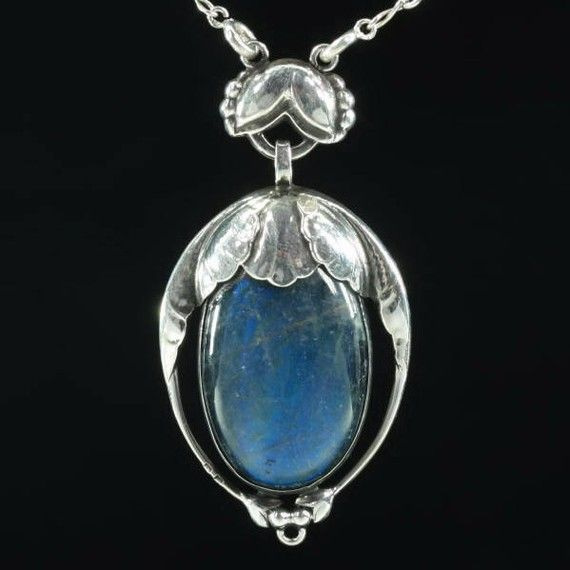When I teach my textures class-“Creative Surface Development” —I break down surface into broad categories based on how they are produced.
-Heat generated: fusing, partial melting, reticulation, etc.
-Percussive: hammer, punch, chasing, forging ,plannishing, rolling, etc.
-Removal: grinding, filing, grinding with burs,etching, etc.
-Accretive: building surface by adding elements, i.e. soldering on small sterling scales top a sterling base sheet.
-Combo: Mix and match.
I really try to stress the building of surface through layering: of process, elements, etc.
Where and when it the making a surface is added or developed depends often on how it is generated. For instance, in most cases rolling (roller printing) produces stock from which something can be fabricated. Obviously, adding a rolled surface to a dimensional piece is problematic, unless you add a rolled element later.
There are also ways to replicate a texture from one category in another. This can be very useful. I often produce a really sweet hammered (plenitude) finish by grinding with a hard rubber wheel. It gives you a lot of control, won’t stretch a ring up by hammering and you can add a “hammered” finish after all is done like on a hollow object such as a tube.
Just some ideas.
The key is to take a day and play. Play, play, play. And take notes!
Best,
Andy
